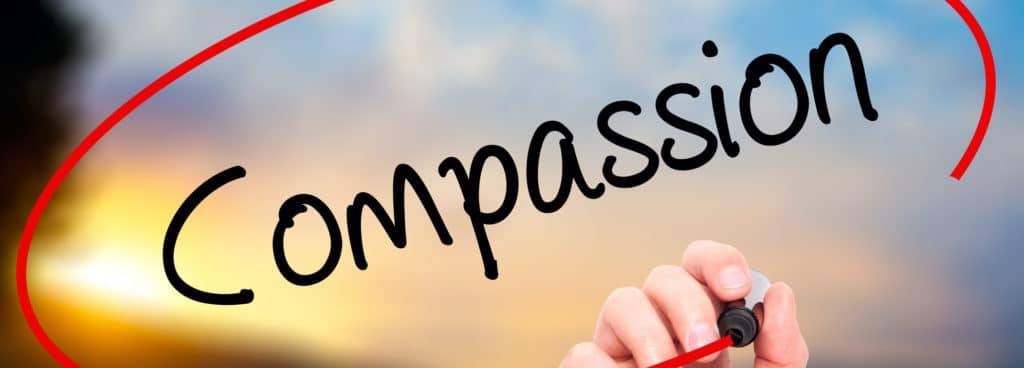
Practicing Self Compassion: Putting the Self in Selfless
Share viaIt’s a myth that compassion is just for selfless servant leaders. The problem with this compassion myth is that it keeps us from experiencing and enjoying the personal benefits of practicing self compassion, and taking good care of ourselves. If compassion is about struggling with others, then we must acknowledge that we are an important part of that equation. We should be at our best in order to fully embrace compassion. And it should be intrinsically rewarding. Both are OK.
Being selfless can be interpreted in two different ways. One interpretation relates to humility, putting our ego aside so we can truly focus on what’s best for others. This is the opposite of selfishness and there’s no problem with this. This is an important aspect of practicing self compassion.
We can go too far with being selfless, though. Problems arise when we show no regard for ourselves, putting ourselves last. When serving others comes at the expense of our own health and wellness, it’s not sustainable. This leads to burnout. Valuing the “Self,” in selfless, is an integral part of practicing compassion.
Compassion Includes You and Invites You To Be Your Best
“The true work of leadership is always an inside job.” – Bobby Herrera
Because you are valuable, you deserve to be heard, affirmed, safe, invited and included.
If you help someone in a way that compromises your safety, you aren’t practicing self compassion. If you don’t affirm your own feelings and needs and put them on the back burner so long that you begin to malfunction, that’s not practicing self compassion. As a leader, if you compromise important boundaries and expectations to avoid difficult conversations, you send the message that you and the organization are less valuable than the person with whom you are having conflict. When you set boundaries, follow through, and take care of yourself, you send the message that everyone is equally valuable.
Scott Shute is the former Chief Mindfulness and Compassion Officer at Linkedin. In this capacity he led the development and implementation of initiatives to help employees practice more compassion with self and others. I asked Scott my usual question about compassion and selflessness. His belief is that we should follow our blisters, not follow our bliss. There’s a difference between what makes us happy, and what we are continually drawn to. Our blisters might give us clues to where our purpose and passion really are.
“Follow your blisters, not your bliss.” – Scott Shute
When compassion is approached this way, we will likely serve until it hurts, but the effort has purpose and connects us to our deepest joy. In fact, it connects us more fully to who we are rather than inviting us to leave ourselves behind.
Compassion Is Intrinsically Rewarding
Silvia Garcia is the former global marketing director for Coca Cola and was the director for Coca Cola’s happiness institute. She spent a good portion of her career studying the effects of compassion and kindness. She shared with me that the most consistent finding, which held true in every country and culture, was that acts of kindness benefit the giver more than the receiver. Sylvia’s research showed that while the recipients of acts of kindness certainly benefited, those who initiated it experienced the biggest gains in happiness and physical well being.
Brain science supports the intrinsic, positive impact of compassion. Neurobiological research reported by Drs. Trzeciak and Mazarrelli in their book, Compassiononmics, shows that compassion, defined as actively engaging with someone to help, triggers the reward centers of the brain. Compassion has an effect on the body that is nourishing. It lights up the “love” regions of the brain. It causes a release of oxytocin, which then causes a release of dopamine, and serotonin. The result is feelings of pleasure, joy and reduced anxiety. True compassion is practicing self compassion.
In comparison, empathy activates the pain centers of the brain. When we feel someone’s pain, we really feel it. This is why empathy alone, without active engagement to co-struggle towards a solution, can be so draining. Empathy fatigue is a real phenomena and can lead to burnout.
If you’ve been conditioned to give until it hurts, you might be a candidate for burnout. But if you can embrace the intrinsic restorative benefits of compassion, think of how much better your life could be. Imagine the possibilities if you practiced a kind of compassion that leaves you more energized at the end of the day.
Compassion Is Self-ful
When practicing self compassion, being self-ful isn’t the same as being selfish. Being self-ful means putting your oxygen mask on before attempting to help the person in the seat next to you. It means taking responsibility for filling your tank and charging your battery every day, so that you can serve others; and doing it without guilt.
Dan Rockwell is known as The Leadership Freak. He has one of the most read blogs in the industry, and is an expert in what it means to be a compassionate leader. When I asked him about being self-ful, he summed it up this way:
“If you want to pour a lot out of your life, pour a lot in.” – Dan Rockwell
You are a valuable, capable and responsible part of the compassion equation. You can, and should take elegant care of yourself along the way. When you become self-ful as a leader, you can experience the intrinsic, restorative benefits of compassion for yourself.
Copyright Next Element Consulting, LLC 2022
Be Your Best As A Compassionate Leader
Book Your Next Keynote Speaker
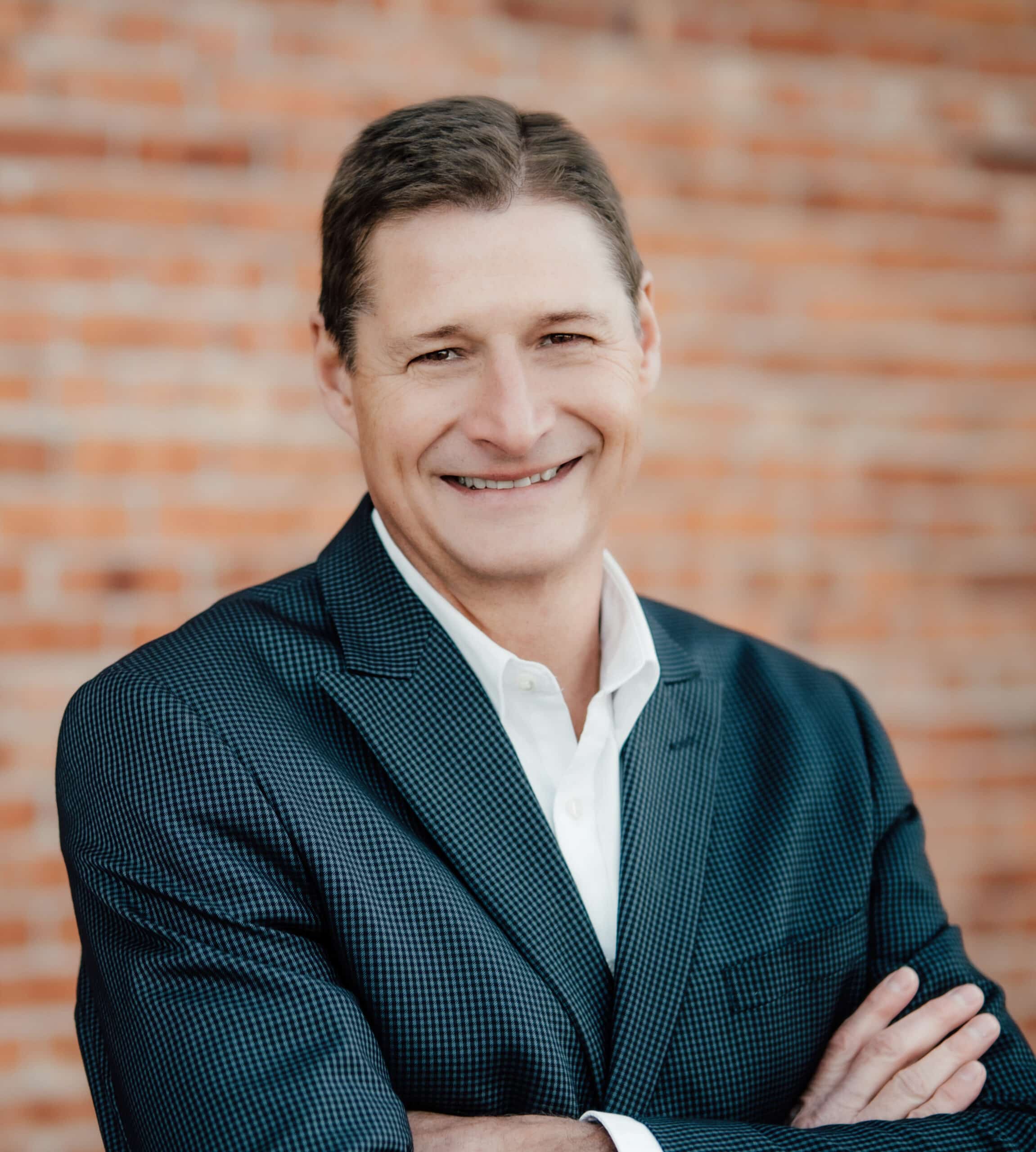
Author and Co-founder of Next Element, Dr. Nate Regier is available to speak at your upcoming event.
Submit a Speaker RequestPodcast: Listen to Nate "On Compassion"
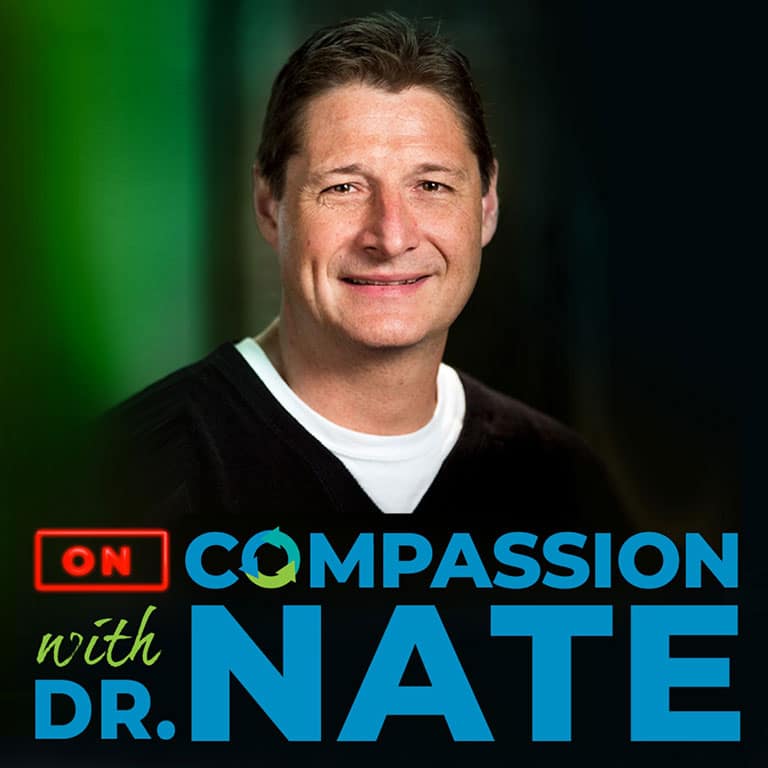 Listen to the Podcast
Listen to the Podcast

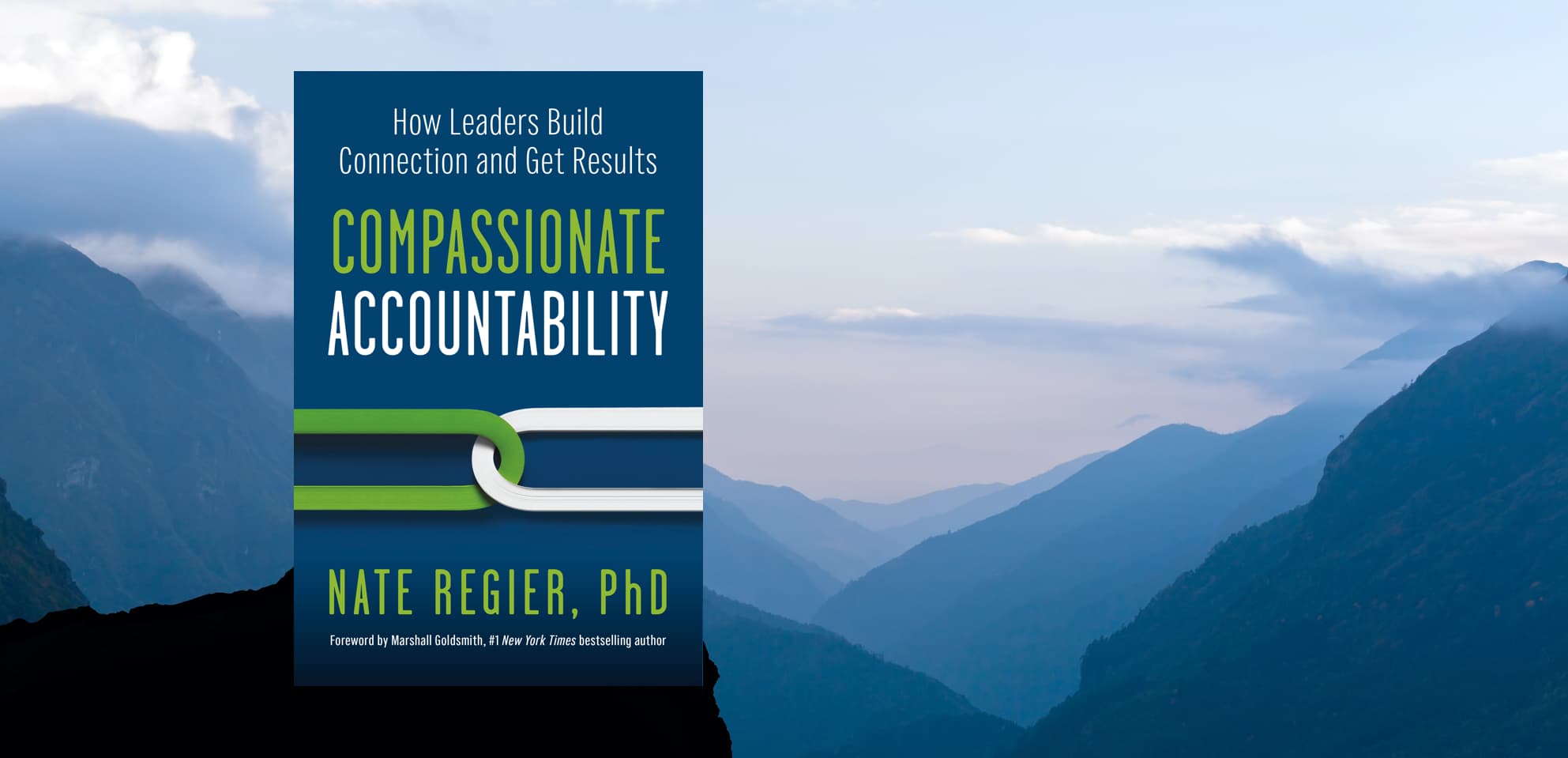
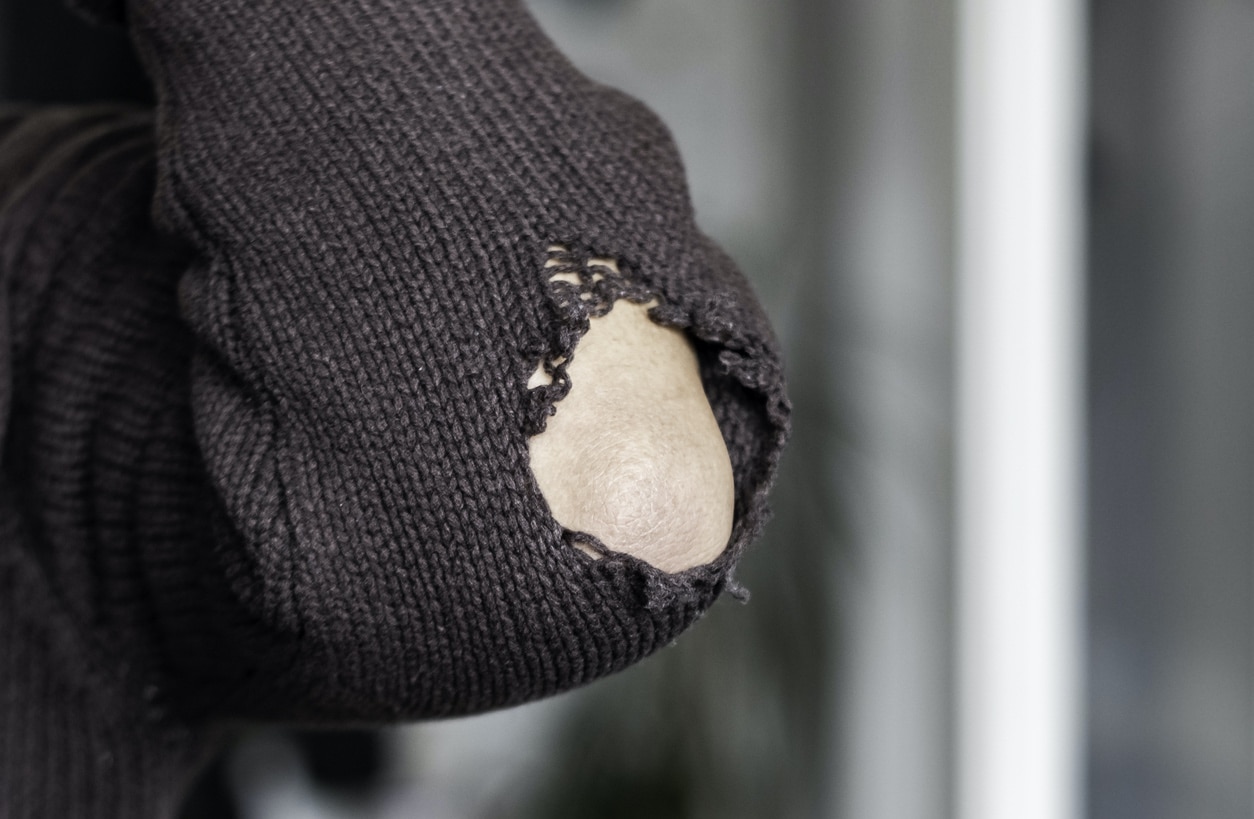
0 Comments
Add comment